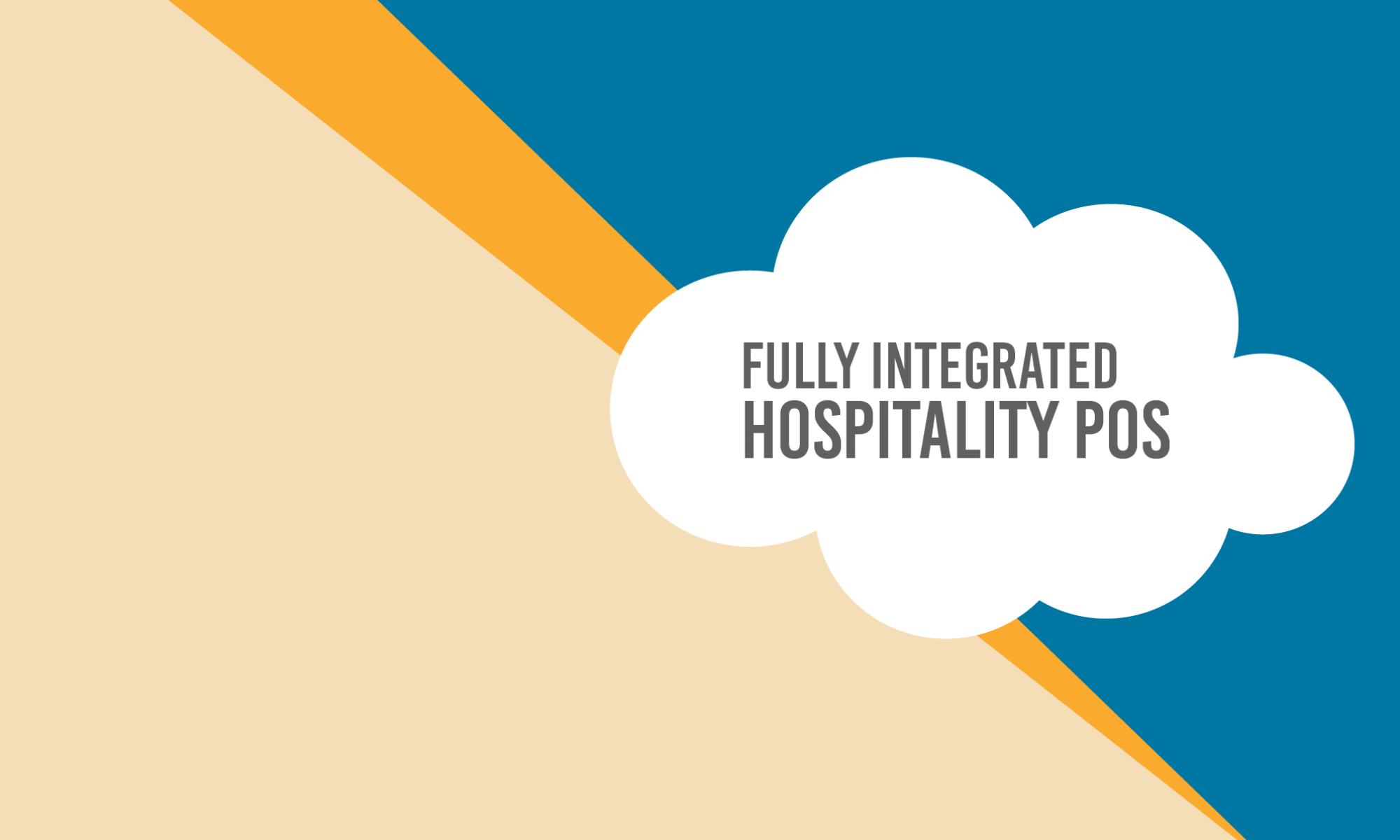Big Data sounds like something complicated and expensive, but really, what it means is data being stored in a manner that is easy to access and manipulate for reporting.
Data is pooled and analyzed to be able to provide a broader trend analysis than what you would normally get from traditional reporting. Your data may also be anonymized and combined with other restaurants data to provide industry-wide analytics.
Yes, it’s just reporting. But it can be a little more complex than that, and that’s where things get a little hazy for most people.
It used to be if you wanted to see a report, you had to rely on the software applications running on your local computers to provide the data and analysis. This made it so you really only had access to canned or generic reports that everyone else using the same software saw. For most businesses, this works perfectly fine. You get the data and reports you need to run your business, simply and easily.
What happens if you want a report that is not available in the software and what about comparing it with data from another location? This is where the terms like Big Data and Above Store Reporting come into play. Data can be stored in the cloud from each business location so that reporting can be offered and customized based on your business needs. Since this data would be stored in the cloud, it could be accessed from anywhere.
The majority of POS systems on the market today, including FOCUS, have Above Store Reporting solutions and integrations that allow you to have your business data at your fingertips. You do not need to necessarily have business systems that are 100% web-based to take advantage of cloud solutions and big data analytics.
While restaurants and bars are no strangers to doing data analysis, the growing ease of use and access to these web-based tools is making it a no-brainer investment. The hours spent in the office pulling reports and plugging numbers into spreadsheets is quickly being replaced by web pages that can be accessed anywhere that do the heavy lifting for you. Having reports at a click up a button or automatically emailed can save precious time

